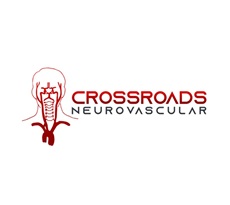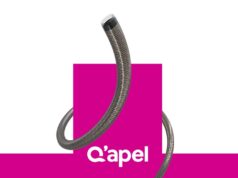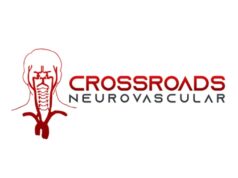 Crossroads Neurovascular today announced successful early clinical experiences with its newly US Food and Drug Administration (FDA)-cleared Path balloon guide catheter (BGC) during the device’s ongoing limited market release (LMR) phase.
Crossroads Neurovascular today announced successful early clinical experiences with its newly US Food and Drug Administration (FDA)-cleared Path balloon guide catheter (BGC) during the device’s ongoing limited market release (LMR) phase.
According to Crossroads, to date, 40 neurovascular procedures have been performed across four hospitals by eight experienced operators, demonstrating the Path BGC’s versatility across a wide range of complex interventions.
These procedures have consisted of aneurysm embolisation—including balloon-assisted coiling and flow diversion—carotid stenting, middle meningeal artery (MMA) embolisation, mechanical thrombectomy, transverse sinus stenting, and arteriovenous malformation (AVM) embolisation. Cases were performed via both transradial and transfemoral access, depending on physician preference. Some 15 of these interventions involved highly tortuous vascular anatomies.
Key observations relayed by Crossroads from the first 40 cases with the Path BGC include:
- A 100% rate of successful target vessel catheterisation
- Superior stability in the aortic arch, providing excellent support and control during navigation and device delivery
- No device failures or device-related adverse events
- Frequent elimination of intermediate catheters, enabled by the PATH BGC’s ability to achieve distal access with ease while maintaining strong proximal support
- Safe and controlled tracking to more distal segments of the parent vessel, enabled by the catheter’s uniquely designed extended catheter tips
“The early feedback from our limited market release has been outstanding,” said Mahan Ghiassi, chief executive officer (CEO) of Crossroads. “The Path BGC is demonstrating consistent performance across some of the most challenging neurovascular anatomies. Its design enables operators to simplify their approach, enhance support, and reduce device exchanges—all of which contribute to procedural efficiency and patient safety.”
The Path BGC is a 7Fr guide catheter engineered for “superior trackability, stability and distal access” that has also been designed for both transradial and transfemoral approaches in order to provide physicians with “exceptional flexibility” during complex neurointerventional procedures.
Crossroads says it is continuing to expand its LMR phase and anticipates broader availability of the Path BGC in the coming months.










